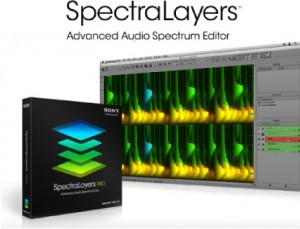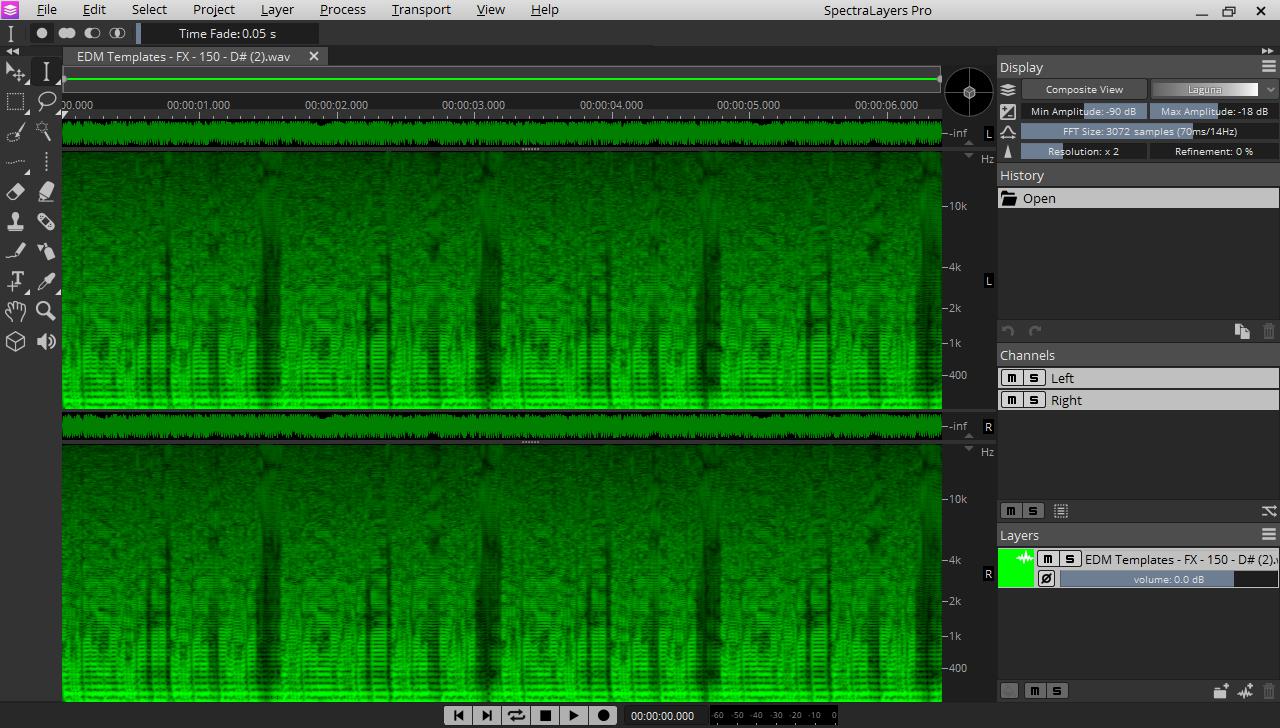

SpectraLayers was developed by Divide Frame and published by Sony as SpectraLayers Pro in July 2012. Its interface is similar to an image editor.

SpectraLayers is an advanced audio spectrum editor which allows extraction of sounds, audio restoration and creative sound design through the use of a spectral view. Then in 2019, the software was acquired by Steinberg.

It was originally published by Sony Creative Software under the name Sony SpectraLayers, until most of their products were acquired by MAGIX on. It is designed for audio spectrum editing, catering to professional and semi-professional users. Or when doing Noise Reduction or Hum Reduction you may prefer to emphasize frequency accuracy.SpectraLayers is a digital audio editing software suite published by Steinberg Media Technologies GmbH. It’s up to you to decide what is relevant and needs to be the most precisely defined.įor instance when working with Reverb Reduction or Click Repair you may want to emphasize temporal events. Here’s the same example under 3 differents FFT Size:Īs you can notice, some parts are more precisely defined depending on FFT Size chosen. To see most of what’s important nearly in focus. So sometime you may need to focus on the more horizontal parts, sometime on more angled parts, or verticals, or find a compromise Just straight lines but wobbling ones which means they are not purely horizontal or purely verticals, but a mix of both, See the spectrogram of a human voice for instance : it’s a lot of frequencies stacked on top of each others, which are not However spectrograms are not just transients and static tones, there’s a wide variety of frequency shapes in a recording. The larger the FFT Size, the more details you’ll get with frequency-centric events (such as static tones) but the blurrier.



 0 kommentar(er)
0 kommentar(er)
